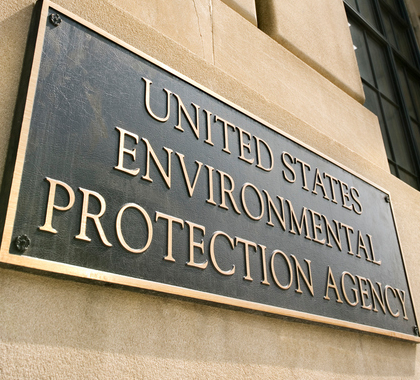Despite Governor Polis’s last minute hand-wringing, the EPA has announced that expensive new gasoline requirements will absolutely be coming to the Denver Metro area.
According to the Colorado Sun:
The Environmental Protection Agency can’t let Colorado off the hook for imposing more expensive reformulated gas to fight ozone pollution beginning in 2024, the agency said in a reply to Gov. Jared Polis’ objections and threats to sue.
The gas, which produces fewer ozone-contributing fumes, should cost about 3 cents a gallon more than normal gas formulations, according to an EPA review.
The EPA’s Washington headquarters told Polis that the Clean Air Act dating to the 1990s requires all penalized areas, like the nine counties of the northern Front Range, to switch to reformulated gas when the agency declares them in “severe” nonattainment for lung-damaging ozone.
Now I’m not sure where the “EPA review” came up with that laughable 3 cents per gallon figure. The most recent federal data available from the U.S. Energy Information Administration shows the reformulated fuel (RFG) currently averaging around 30 cents more per gallon, and it’s as high as 60 cents more per gallon in certain regions of the country.

And as I’ve discussed before, those figures are likely lower than the prices Coloradan’s will see due to our unique circumstances. The Suncor refinery in Commerce City is the only one in the entire state, and it currently only produces around 30-35% of the gasoline available in the metro area. The bulk of our gasoline is transported from out of state refiners.
Given that Colorado is currently the only Rocky Mountain state now subject to RFG mandates, it is unclear if those out of state refiners would be willing to specially-blend RFG at a premium cost to themselves just to serve nine counties in one state. If they do, you can bet that extra effort will be reflected in the cost drivers see at the pump.
In addition to boost in prices at the pump, the new EPA crackdown means local businesses will now be subject to even greater regulatory burdens for air pollution permitting.
According to the Sun:
The change in classification also requires Colorado’s Air Pollution Control Division to lower the threshold for stationary sources that must apply for permits to 25 tons of pollutants from the current 50 tons. Air pollution control officials have said that will add at least 400 new permits to an already backlogged system.
CPR News reports that as many as 470 businesses in the state’s construction, transportation, manufacturing, oil and gas, and agricultural sectors would be forced to obtain additional air quality permits from regulators and spend on new technology to limit emissions.
Such a move stands to cause regulatory delays and boost compliance costs that will harm businesses. Many of those costs would ultimately be passed on to consumers already reeling from 40-year high inflation and a possible recession. It could also deter future investment in the state, as rational business owners will look to operate in locations with less onerous standards.
All of this economic pain is arriving despite Colorado’s best efforts to reduce our share of ozone-causing pollutants. There’s only so much that can be done when only roughly 30 percent of the state’s ozone emissions can be attributed to in-state human activity.
Meanwhile, 10 percent of Colorado’s ozone emissions are found to be naturally occurring, while 61 percent of emissions were found to have derived from either interstate transport or out of state human-activity wafting into the Denver metro area.
Meanwhile natural and out of state emissions contribute to the problem more than every other source combined. Yet it is those other sources that will bear the brunt of the regulatory burden in the form of more expensive reformulated gasoline and tighter air quality permitting. pic.twitter.com/wbbM7oSQUG
— Jake Fogleman (@Jake_Fogleman) September 16, 2022
The Colorado General Assembly has passed at least 45 statutes and spurred numerous regulations addressing energy, the environment, and air quality since the last time the state was downgraded for air quality violations in 2019 (when, by the way, Governor Polis eagerly welcomed tougher federal regulations).
Likewise, Colorado’s emissions of nitrogen oxides and volatile organic compounds—the precursors to atmospheric ozone—have been slashed by 49 percent and 44 percent respectively over the last decade.
Nevertheless, it looks like Coloradans will be on the hook for more economic pain despite all our progress.









